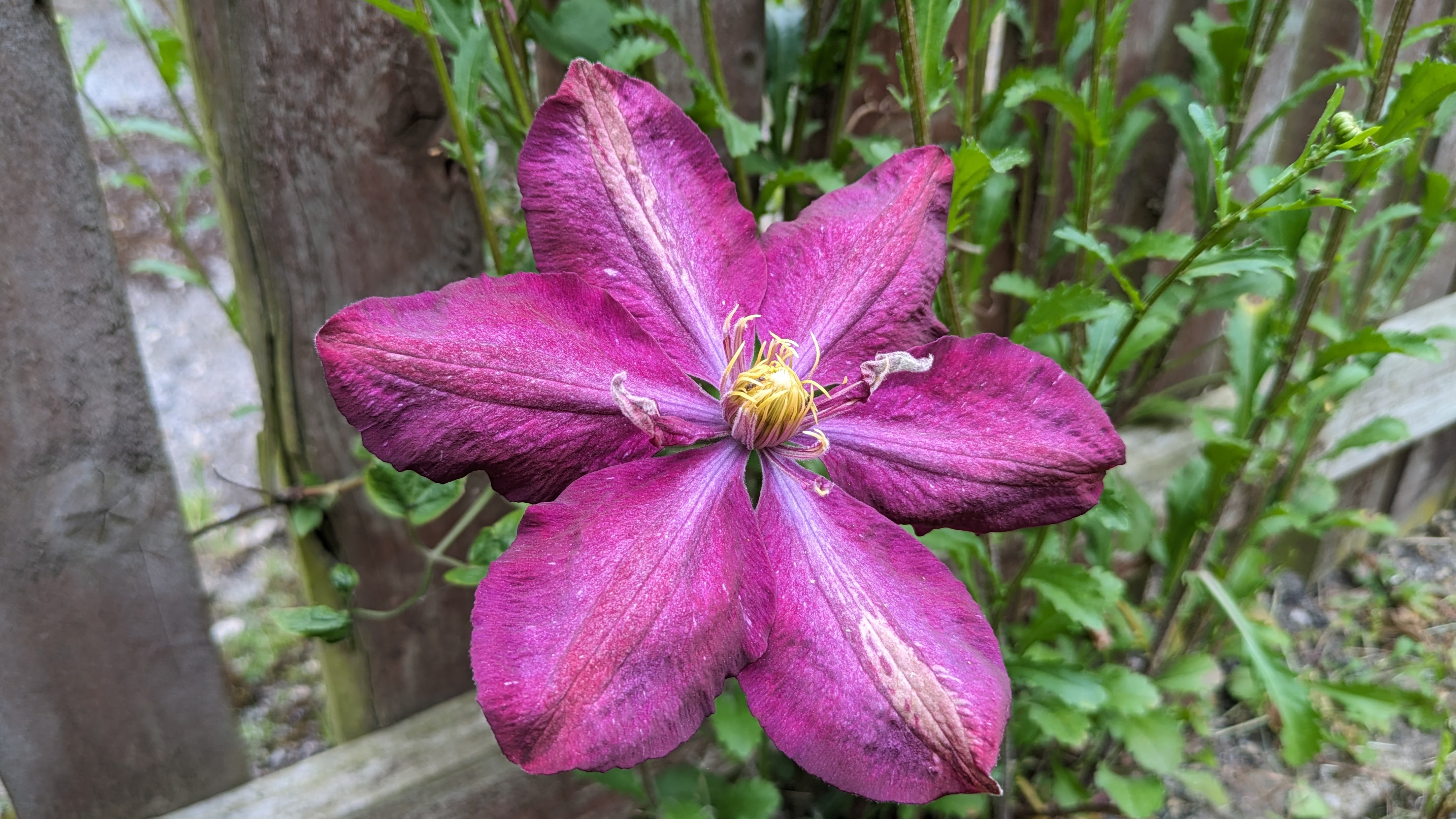
It can be tempting to take out your best pruning shears during the spring. With warmer, lighter conditions setting in, many plants and trees grow rapidly, which can make yards look unruly and overgrown.
Unfortunately, there are quite a few trees and plants that you shouldn’t prune during spring, due to factors such as their lifecycle or vulnerability to seasonal diseases. Pruning at the wrong time of year can damage plant health, minimize flowering, prevent fruiting and leave your outdoor space sticky with sap.
That’s not to say you should never prune during spring. Many plants, such as salvia and phlox, can benefit greatly from spring pruning.
What matters most is that you’re not pruning the wrong plants at this time of year – so we’ve put together this quick roundup to highlight ten types of plant and tree that should not be pruned during spring.
We’ll have some help along the way from bespoke garden designer, Melanie Hick, whose beautiful garden designs are featuring at prestigious RHS garden shows in summer 2024.
“It can be tempting to extend the spring cleaning to the garden at this time of year, and prune plants and trees right back,” says Melanie.
“While this may be good for some plants, there are others that shouldn’t be pruned in spring, so it’s important to be aware of what varieties you have growing in your outside space.”
References to months and seasons in this guide relate to temperate regions of the northern hemisphere, including large areas of the United States and the United Kingdom.
10 plants not to prune during spring
1. Lilac
“Some plants can stop flowering if you prune them too early—and lilacs are a prime example,” says Melanie.
“Pruning in spring can actually remove the buds that carry this year’s flowers, which could deprive a garden of some beautiful summer blooms!”
Lilac flowers appear on last year’s growth, so even tired-looking parts should be preserved until the turn of summer, or whenever the plant stops flowering. Pruning in early summer helps ensure this plant is in great shape to flower next year.
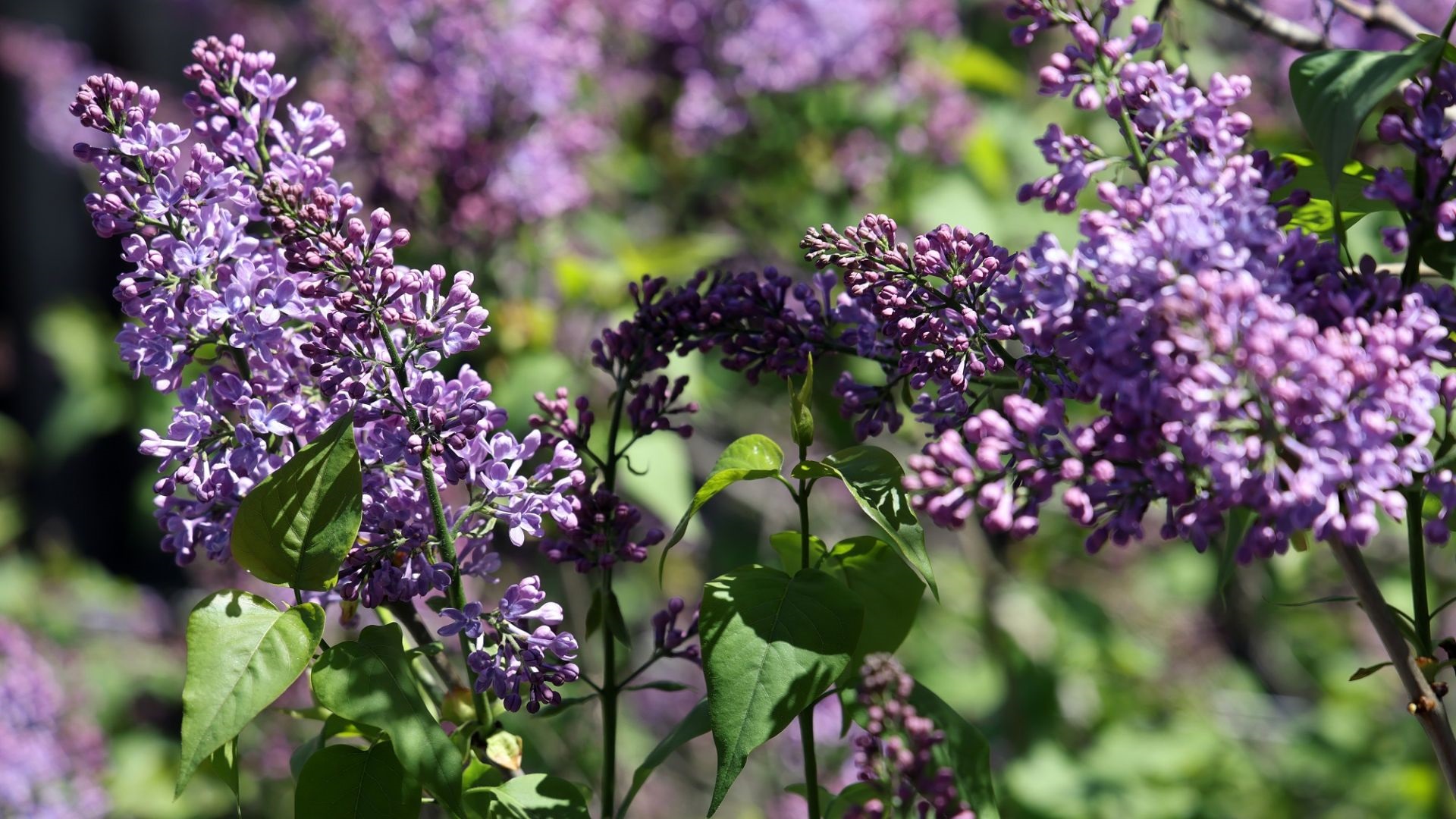
2. Clematis
There are many types of clematis, but for the purposes of pruning, varieties are divided into three groups. None of these can be pruned at the height of flowering in spring.
It’s best to prune fast-growing ‘group three’ clematis and large-flowered ‘group two’ clematis in late winter, before flowering. Early-flowering ‘group one’ clematis can be pruned in late spring, after flowering.

3. Honeysuckle
“Honeysuckle adds not just pretty flowers, but also a glorious smell to balmy summer evenings,” says Melanie.
“Pruning this plant in spring can remove the budding flowers too early for you to enjoy them.”
Most honeysuckles benefit from annual pruning, but the best time to do so is after flowering, which tends to end during late summer. Late-flowering honeysuckles are the exception: they can be pruned during the spring, before they bloom.
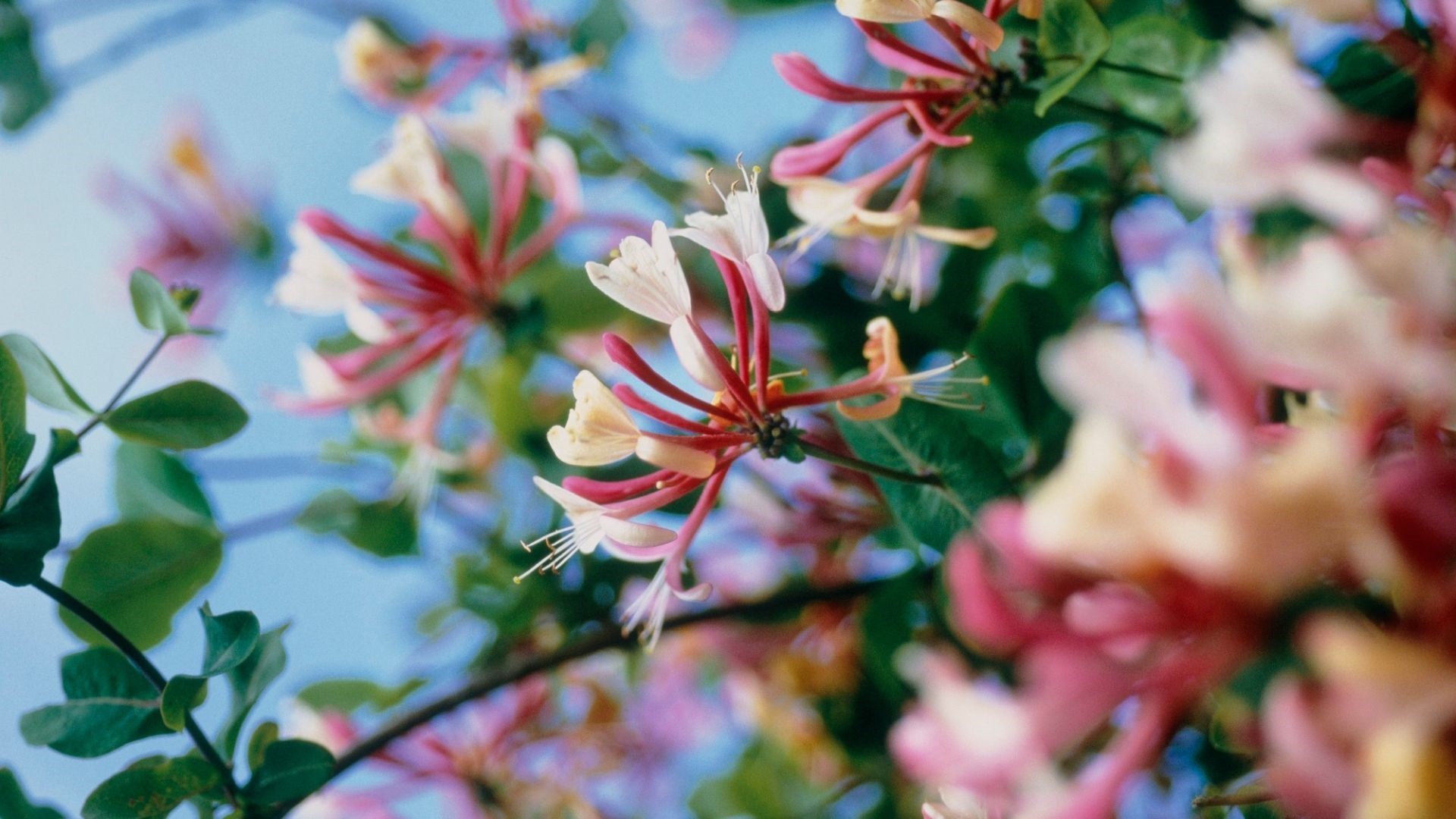
4. Birch trees
Certain trees produce abundant sap during springtime, so cutting their branches at this time of year risks messing up your yard area, gardening gloves—and worst of all, your pruning shears.
Birch trees are particularly sappy, so it’s best to prune their branches during their dormant period, between late summer and mid-winter. The same applies to maple trees—although you might choose to tap this species to harvest maple syrup!
5. Fruit trees
Pruning a fruit tree in the spring will rarely do any good for the tree—and it deprives you (and your local wildlife) of a delicious harvest when fruits ripen in late summer or fall.
It’s almost always best to prune a fruit tree during dormancy, in the wintertime. There are a few exceptions, such as plums and cherries, which bleed a lot of sap during winter, and should therefore be left unpruned (or pruned in midsummer if absolutely necessary).
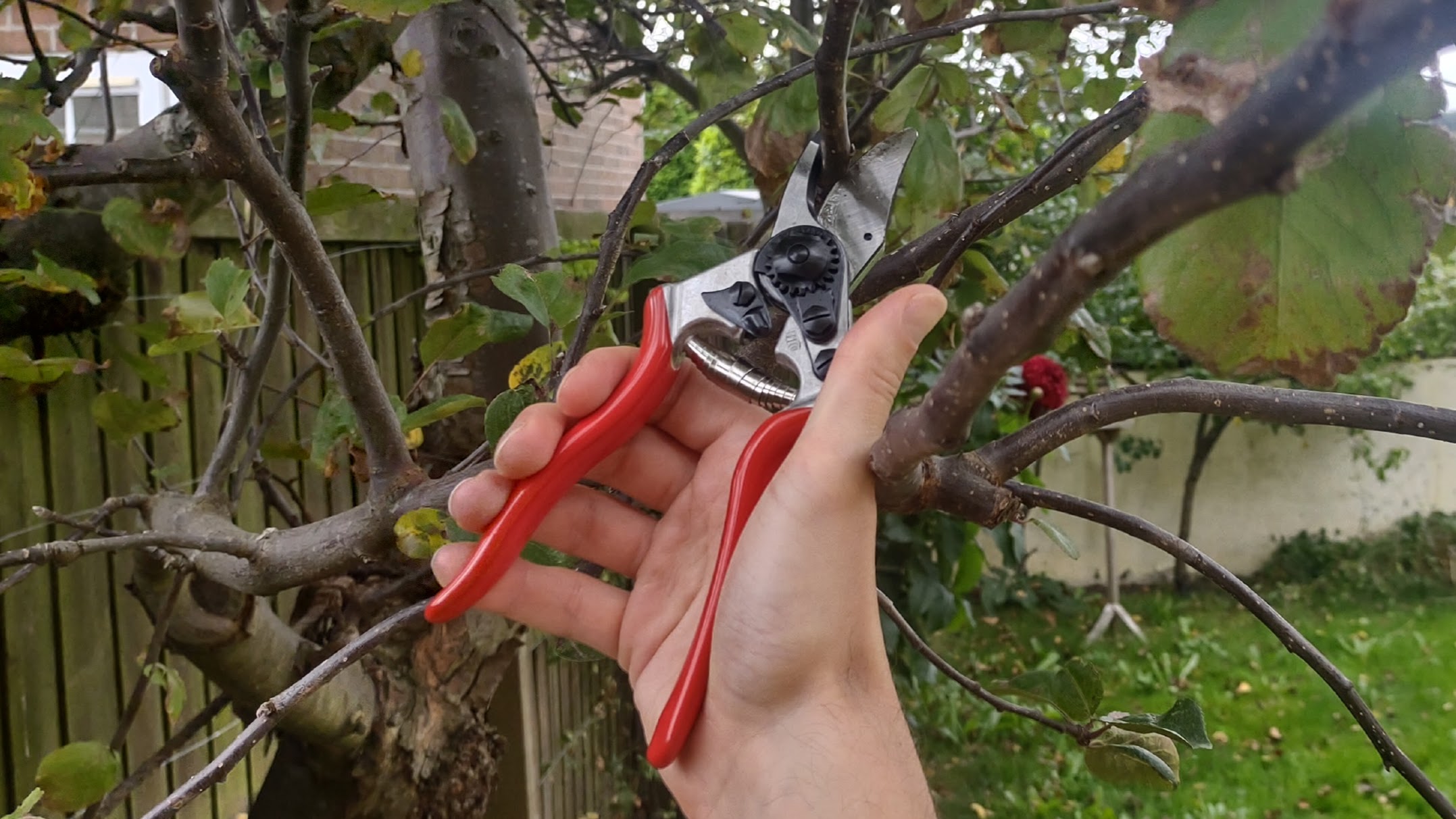
6. Roses
Rose shrubs benefit from light pruning to shape their branches and maintain a balance between new growth and older wood.
Pruning roses in the spring will usually deprive the plant of the opportunity to flower, so in most climates, it's best to reserve pruning for late summer or late winter.
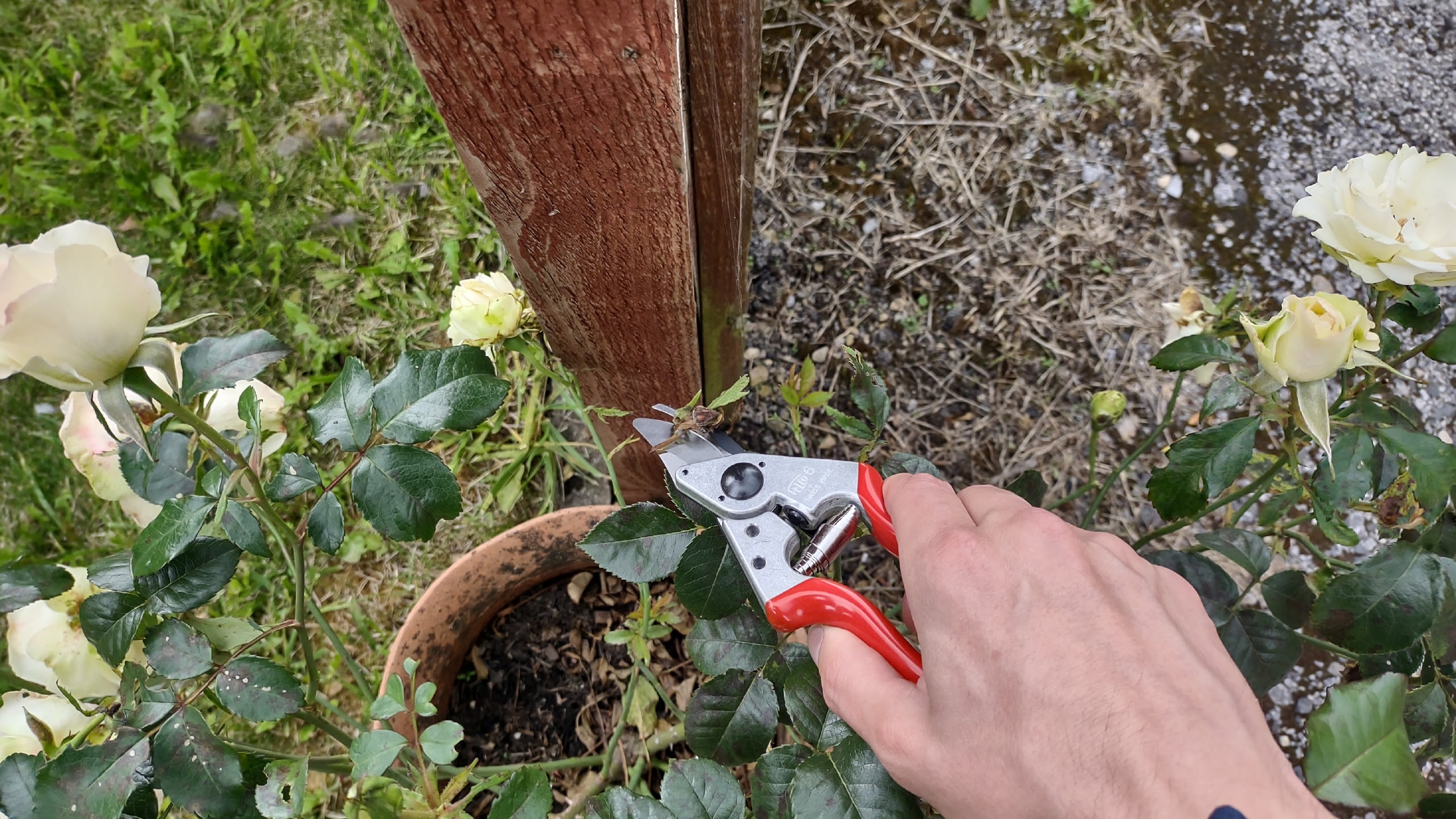
7. Ribes (flowering currant)
The ribes genus of shrubs contains numerous berry-producing plants, including gooseberries and currants.
Ribes flowers are produced on the previous year’s growth. So, it’s best to prune these plants soon after they’ve flowered, during summer, as this will allow further growth before dormancy sets in.
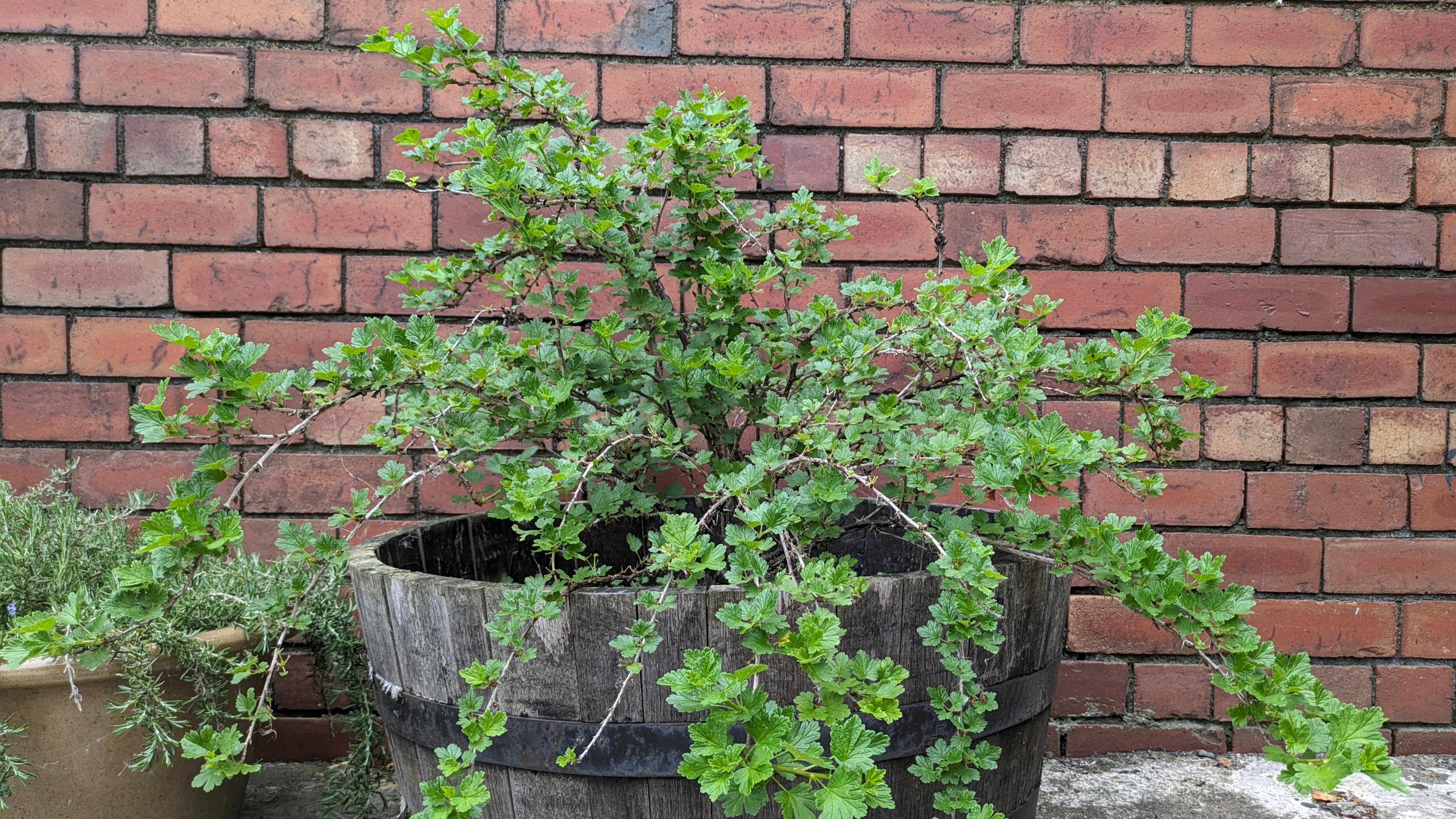
8. Elm trees
Spring pruning renders elms vulnerable to diseases, such as the devastating Dutch elm disease, which is spread by the elm bark beetle.
To keep your elms healthy, it’s best to prune them during the late fall or winter, when fewer disease carriers are active.
9. Peonies
Many gardeners take pride in their peonies. These pretty plants with their large flowerheads are a summer show-stopper—but pruning them during spring is a sure way to ruin the spectacle.
You’ll know it’s time to prune your peonies when their leaves yellow in the fall. Only light pruning to remove dead material is required.
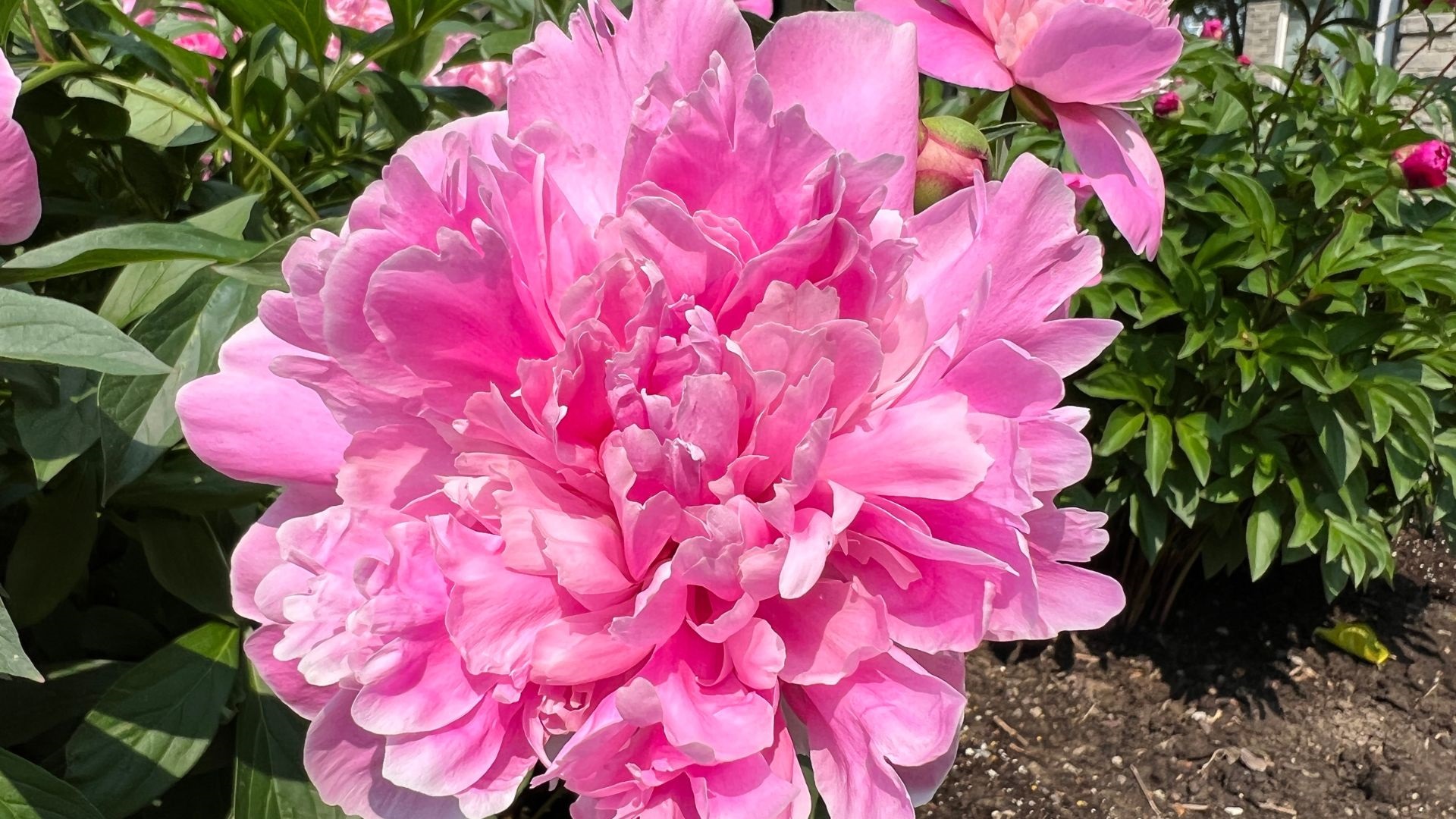
10. Nasturtiums
This spreading plant is a real survivor – but to get the best out of your nasturtiums, it’s a smart bet to prune them after their first flowering in mid-summer, as this can encourage the plant to produce more flowers and seeds.
10 plants not to prune during spring: FAQs
How to know whether a plant can be pruned in spring?
This article covers just a small fraction of the many plants that should not be pruned in spring. It’s likely that you’ll need to learn about other plants in your own yard or garden, before you go ahead with spring pruning.
“In general, I’d recommend researching what plants and trees are growing in your garden, so that you can be sure that a spring prune will help your garden to thrive and flourish, not damage your chances of a wonderful, blooming summer,” says Melanie.
If you don’t know the identity of a plant in your yard, try using a smartphone app such as PlantNet Plant Identification (Android) or PictureThis (iOS). Or, ask a fellow plant-lover.
What are some effective spring pruning tips?
As we’ve seen, there are certain plants you should not prune in spring. However, for the plants you can prune at this time of year, the usual pruning best practice tips and potential pruning mistakes apply.
“When pruning, always ensure that your tools are sharp and clean, or you could accidentally introduce diseases to your prized plants,” says Melanie.
“For beginners in particular I’d recommend ‘starting small’ and avoiding cutting back more than one-third of the plant at a time.”
Remember that spring pruning will usually limit a plant's growth in the short-to-medium term. Late summer, fall or winter pruning will almost always do more to encourage growth.







